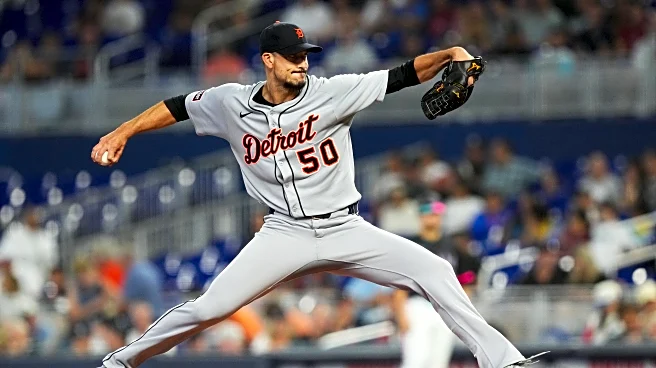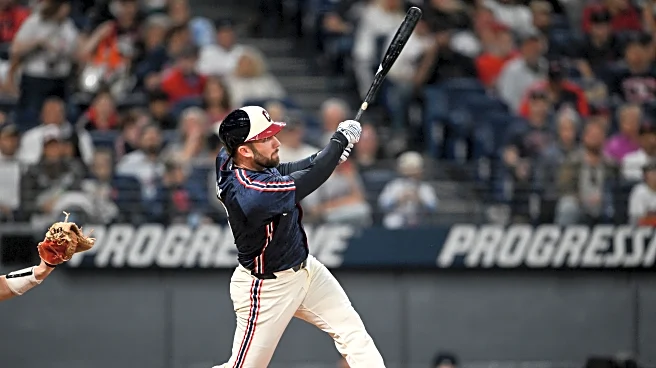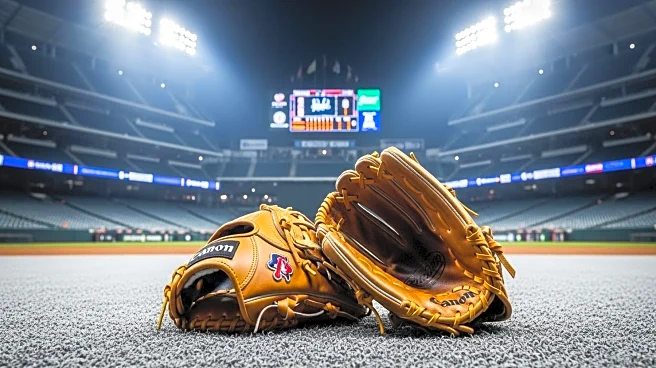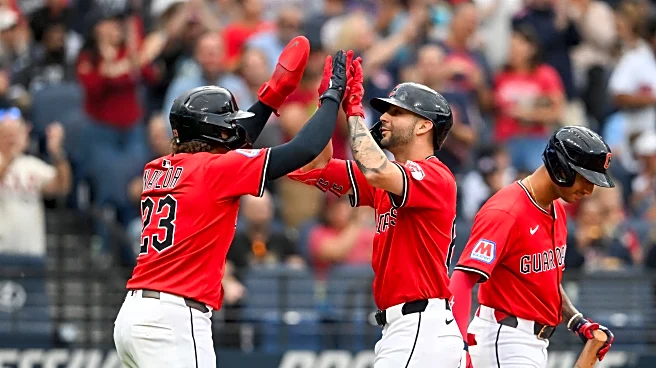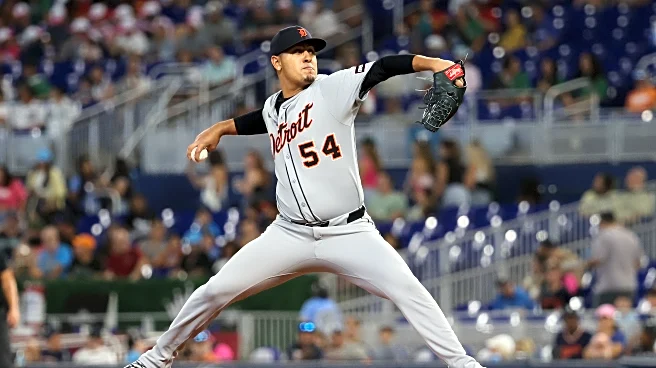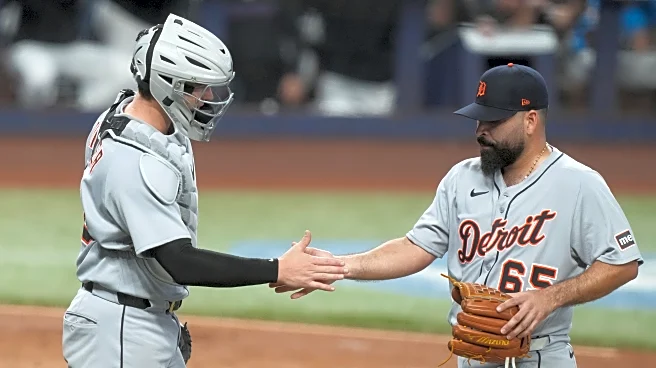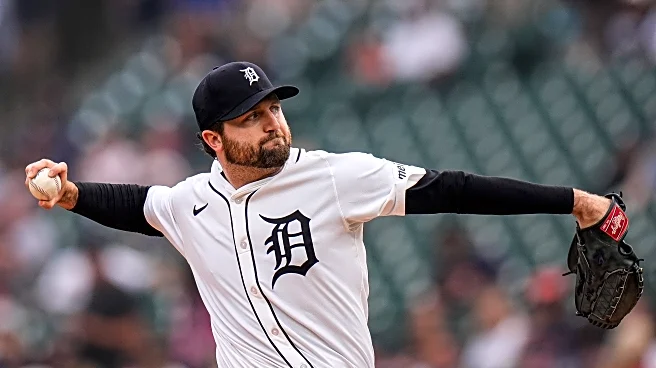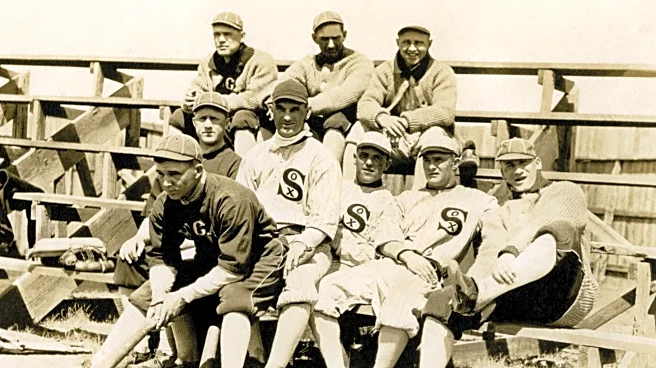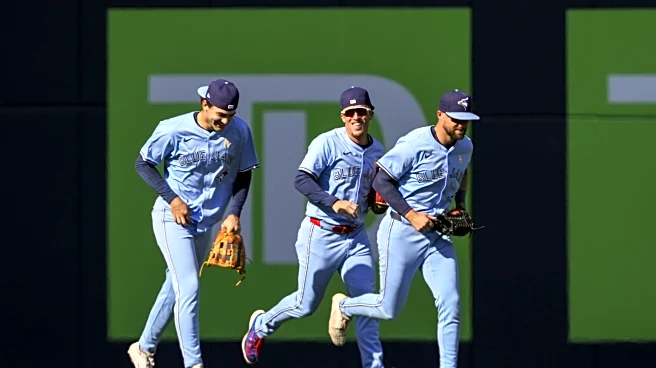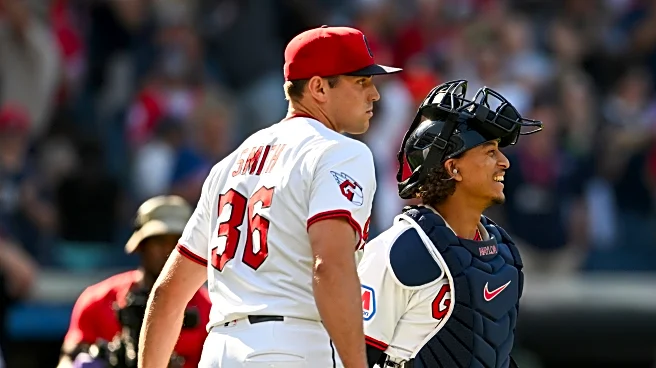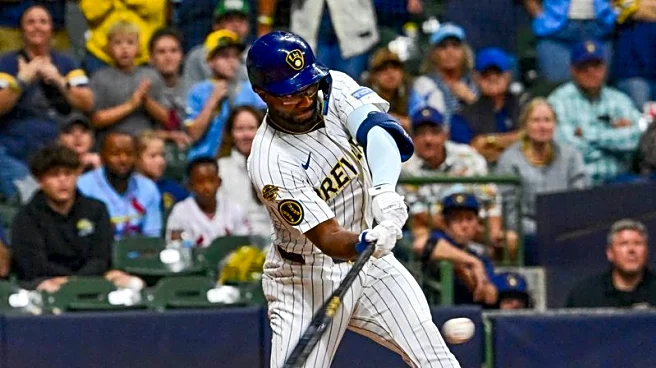The importance of platoon players on a major league roster sometimes goes unappreciated. Because they only thrive under specific conditions, these players are often relegated to the background as bench players until their number is called. Casual watchers of a baseball team wonder why this guy doesn’t play more. Is the manager stupid?
Tigers fans are veterans with it as the Detroit Tigers under A.J. Hinch and even more with Scott Harris running baseball operations have leaned into platoon splits as a way
to maximize the effectiveness of the roster. Last season Andy Ibáñez and Tyler Holton had major supporting roles against opposite handed competition. This season Ibáñez has still been effective in that role, but not to the degree he was in 2024. So it’s been impossible not to appreciate the contributions of Jahmai Jones, and as the postseason looms, his importance will only be amplified over the next month, and hopefully more, of baseball.
The signing of Jones to a minor league deal with an invite to camp seemed a peculiar choice at first glance. The response initially resembled a chorus of “but why?” memes when the Tigers announced his minor league deal back in late February.
Once a fairly notable center field prospect with speed and power for the Los Angeles Angels, Jones just never made it at the big league level. He had major league cups of coffee with the Angels in 2020 and the Baltimore Orioles in 2021. 11 plate appearances for the Brewers in 2023 after a brief stint in the Dodgers system had him well on the way to permanent 4-A player status as a 25-year-old. The Yankees gave him a short look in 2024, but the front office and Aaron Boone didn’t seem to know what to do with him. He only got 47 plate appearances with them, but 22 of them were against right-handed pitching.
As a result, he fell into the Tigers hands this spring as a 27-year-old player looking for one last shot at a sustained major league career. But unlike some of those clubs, the Tigers have deployed Jones in the exact role he’s suited for, crushing left-handed pitching, and not asked for more.
Currently, Jones is slashing .264/.360/.563 against left-handed pitching with a 152 wRC+ and 14 extra base hits across 100 plate appearances. He’s actually been pretty good in his 27 plate appearances against right-handed pitchers too, but the Tigers have been very selective about those at-bats and, it’s a tiny sample, and we don’t need to hope that he’s suddenly developed into a complete player. The fact that the Tigers hitters tilt more left-handed allows them the ability to keep two specialists against left-handed pitching in Ibáñez and Jones, and as a result Jones has really thrived. There’s nothing terribly fancy going on.
The analysis here can only go so deep, as we’re still talking about very small amounts of major league plate appearances. For his career, Jones has a 28.4 percent strikeout rate and a 9.3 percent walk rate against left-handed pitchers. This year it’s 25 percent and 10 percent even, respectively.
As you’d expect, Jones is making a little more good contact and still pulling a lot of balls in the air. He’s always had a heavy flyball and pull percentage, both at 49 percent for his major league career against left-handed pitching. Just by making a little more contact he’s doing damage and forcing pitchers to be careful with him, taking an extra walk or two in the process. There’s no real breakout underway. The Tigers are just using his very specific set of skills effectively.
We could harken back to the glorious, if brief prime of Ryan Raburn to remember what having a lefty masher with serious juice in an otherwise flawed player is like. More recently, we have only to consider the work of the decent but unremarkable career of one Lane Thomas to see the importance that hammering tough left-handed pitching can have in a postseason series. The 30-year-old outfielder has put together a nice little career with 6.6 fWAR, but it’s his grand slam off of Tarik Skubal in Game 6 of last year’s ALDS that he’ll be remembered for, at least in Cleveland.
Jones does have that type of juice, topping out at 110.8 mph max exit velocity off the bat this season. More important is his 53 percent hard-hit rate this year per Statcast.
Another quality is his swing discipline. Jones has at times probably been too patient in his career, but it’s hard to argue with his consistently low chase rates. His 21.1 out of zone swing rate is outstanding, but it’s also right at his career major league average. If there’s a difference, and while these marks are his overall numbers we’re still only talking about 127 plate appearances total this season and 264 total in his career, it’s that Jones is both taking less called strikes and whiffing a little less.
Again, I don’t think Jones is going through a renaissance that will make him a future everyday option for the Tigers. If he were a better outfielder or more capable of playing some infield he’d have more opportunities, but his success this year is entirely based on letting him lean into his strength, and there’s nothing wrong with being a weapon in a really limited role.
On Tuesday night, the second place Guardians come to town with a quality left-hander in Joey Cantillo on the mound. The Tigers could be popping bottles on Thursday afternoon after a sweep, or they could get swept and be gritting their teeth down the final nine games of the season with a 3.5 lead in the division. For the first time all year, they finally have what feels like a crucial series ahead of them. Hinch’s ability to deploy Jones and Ibáñez, along with Wenceel Pérez also having a strong campaign from the right-side of the plate, will play a role in how that game and the series play out.
Looking ahead, the obvious southpaw trouble in the playoffs could come from Garrett Crochet and Aroldis Chapman led Boston Red Sox, but there are numerous examples and even more among National League contenders. We can still hope that thought becomes relevant.
The Tigers have just let Jahmai Jones be himself, and that has made all the difference. This hasn’t come out of nowhere. Jones has done a little better job driving the ball, but otherwise this is probably just a bit more polished version of the hitter he’s always been. There’s plenty of credence to the idea that he can keep it going. For an offense that has scuffled against left-handed pitching in the second half, he and Ibáñez give the Tigers a pair of weapons to help even the score.
For the first time in memory, the Tigers have an effective lineup that is tilted left-handed. Not only does that make sense for their home park, but it allows them to carry and deploy a hitter like Jones in the right moments. That may yet be a difference maker for the Tigers as they try to light a spark for a postseason run.


